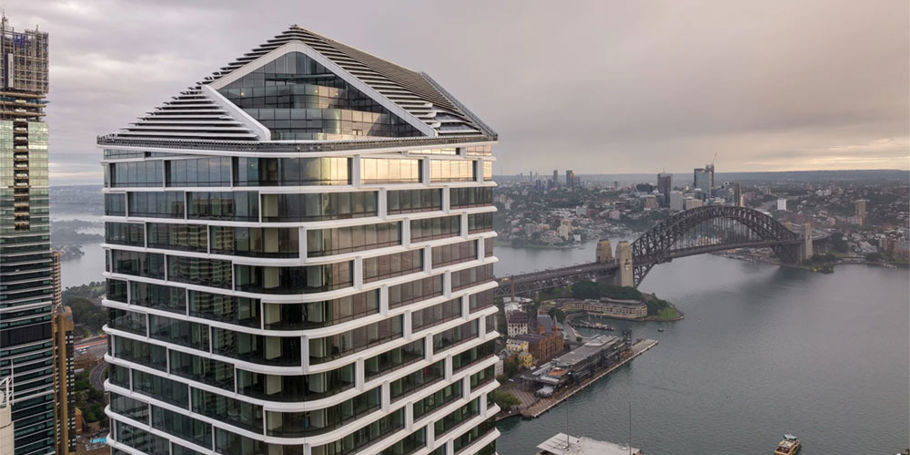Constructed from mass timber, Workstack is the UK's first light industrial building of its type and scale in this material. Opened in 2023, the five-storey building was commissioned by Greenwich Enterprise Board (GEB), designed with architect dRMM and constructed by F Parkinson, to provide 14 affordable workspace units in South East London. As structural engineering and fire safety consultants, our role was to integrate the architectural design within the structural and fire strategy.
Accommodating multiple industrial workspaces on a compact site, WorkStack is distinguished by its unusual and distinctive form and its visible timber structure. Reducing the need for additional finishes while minimising its carbon footprint and environmental impact, the timber design became an essential element of its visual identity. Offering affordable places for small businesses while encouraging diversity, it creates a new sustainable and safe workplace right at the heart of our high streets.
Challenging traditional timber design
The unusual form and scale of WorkStack posed a challenge to traditional timber design and construction. Supporting and transferring the weight from each story while providing lateral stability, the superstructure is formed from cross-laminated timber (CLT) walls across the length of the building. The use of continuous 19m CLT panels in the floor, which also run the width of each storey, allowed us to simplify the timber connections while achieving structural robustness. To provide greater support around the loading bay and plant rooms, our design included a steel frame and blockwork walls from the ground level to the first floor.
As the timber structure is exposed, a key challenge was to develop solutions that would have minimal visual impact while achieving the required fire resistance. Working closely with B&K Structures, we designed a mixture of standard and bespoke solutions that concealed the steel plates and screws. Essential to maximise the building’s life, the roof structure features a waterproofing design that avoids water ponding, minimising moisture content and damage to the panels. To avoid water being trapped in the CLT causing damage, moisture content was carefully monitored during construction.
Together with designers and contractors, the team installed around 235 timber panels in eight weeks – an average of six panels per day. Estimated to be about 25% faster to build than concrete projects, WorkStack demonstrates the potential for fast progression when constructing with mass timber.
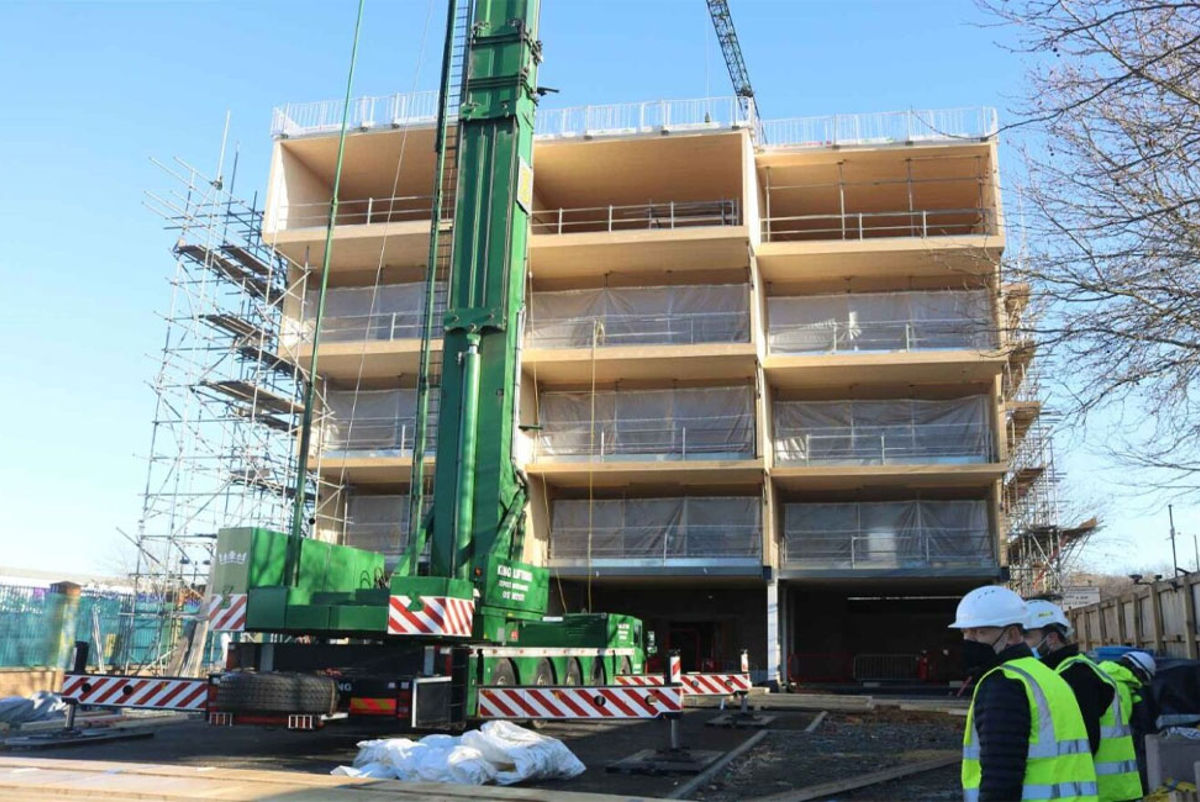
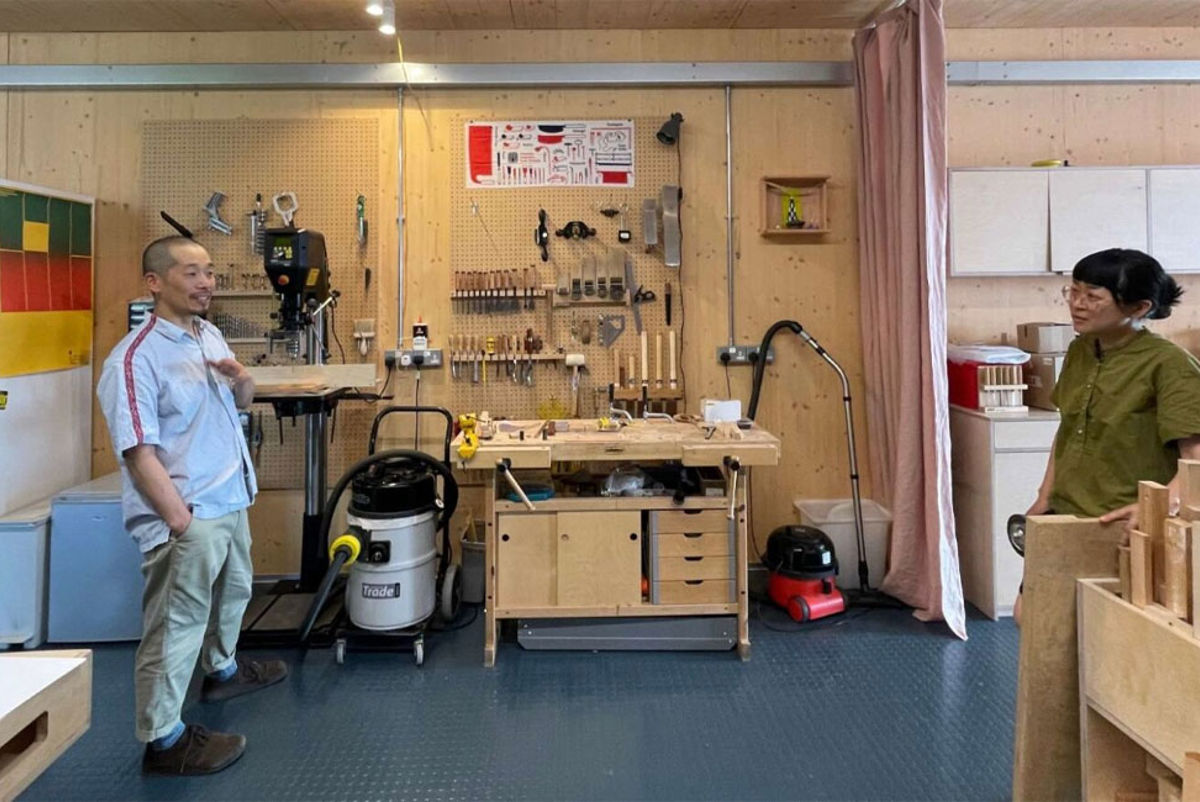
Embedding fire safety
Timber is a sustainable but also combustible material, and current building and fire safety standards are not always sufficient to provide adequate fire safety design guidance for larger buildings with a timber structure. For an exposed structure such as Workstack, it is crucial to implement a fire safety strategy that addresses material-specific considerations. Providing oversight from design through construction to completion, we drew on our long history and global experience in designing mass timber buildings as well as extensive experiments and research of the fire behaviour in compartments constructed from mass timber, and close collaboration with stakeholders such as Building Control and the London Fire Brigade, for its development.
Turning each space into a separate fire resisting enclosure divided by the CLT walls and floors, compartmentation is one of the building’s key fire safety features. The strategy is framed on multi-layered fire protection measures such as a smoke ventilation system with bespoke performance criteria and enhanced firefighter access to enable rapid intervention, both from the outside and the inside. The design carefully considered and controlled the location and extent to which combustible materials are exposed and set stringent fire safety performance criteria for the CLT panels, the structural connections, and other systems that need to interface with the CLT panels, such as fire doors, fire dampers and encapsulation.
Bringing industrial spaces back to the heart of the city
Industrial spaces have been traditionally seen as unattractive, poorly designed and incompatible with residential neighbourhoods. As a result, many industrial sites have been redeveloped for residential use, putting pressure on companies to move away from our urban areas and increasing the scarcity of manufacturing zones and affordable workspaces for small businesses. Coupled with rising land and rent costs, this trend has become a key challenge for industry, and especially for companies located in big cities like London.
Granted Good Growth funding from the Greater London Authority (GLA), which supports regeneration of town centres and high streets, WorkStack has become an exemplar of light industrial developments for London. Reaching a density of 428 employees per hectare, which is over four times higher than neighbouring properties, it will provide local job opportunities for approximately 60 people in the Charlton Riverside area. This project demonstrates that industrial workspaces can bring visually attractive buildings to our high street, supporting start-ups and small companies to move to the capital while creating new job opportunities.
dRMM Architects / F Parkinson / B&K Structures / changebuilding
What we delivered
-
Integration of the architectural design within the structural and fire strategy.
Get in touch with our team
Projects
Explore more commercial property projects

Designing Sydney’s first integrated station development
Sydney Metro Martin Place integrated station development, Australia
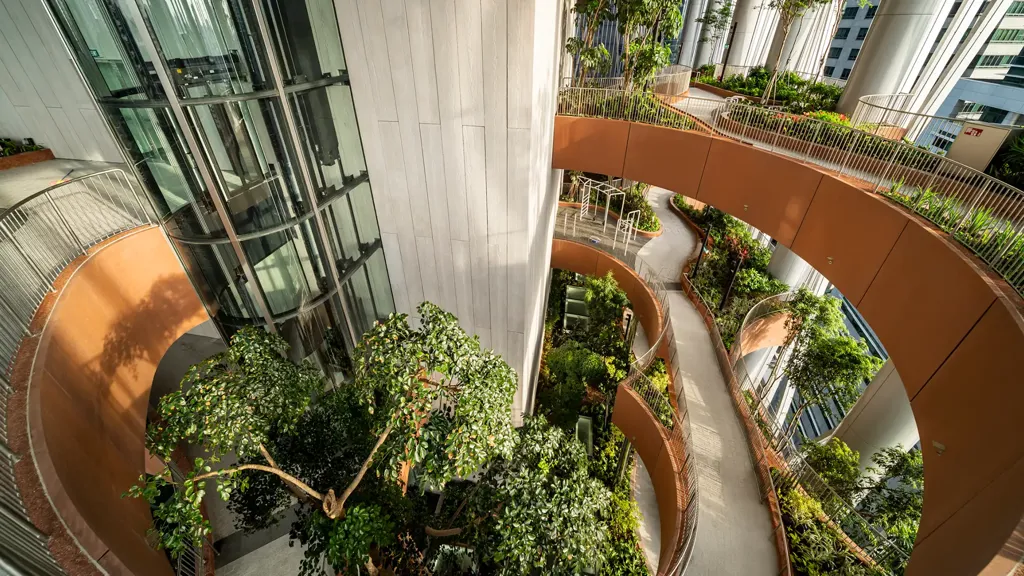
CapitaSpring uses biophilic design to keep people cool and healthy
CapitaSpring, Singapore
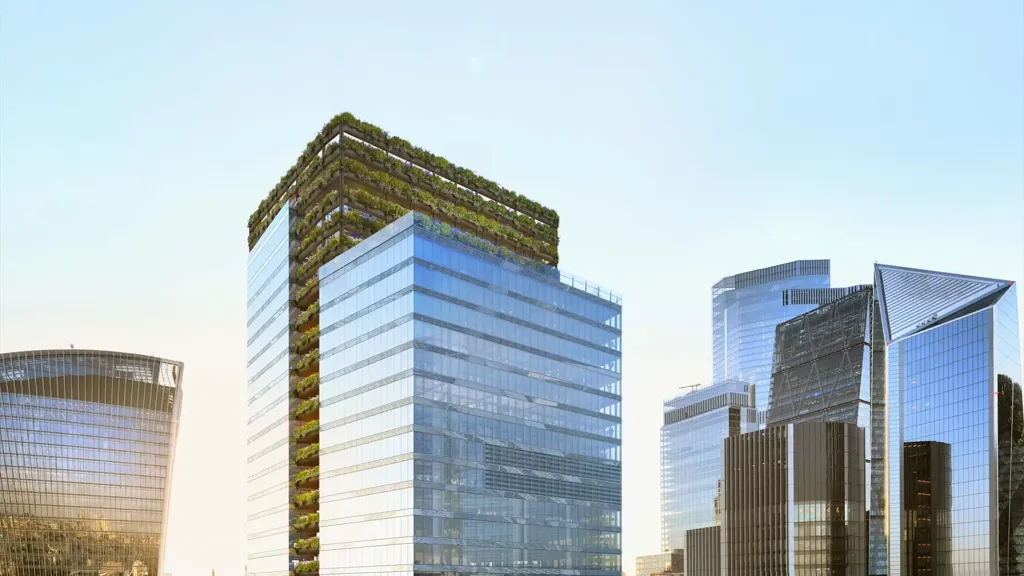
Challenging convention to create the next generation of tall buildings
50 Fenchurch Street, United Kingdom

Connecting work, nature and Country
Arup Workplace, WS2, Australia
Get in touch with us
If you'd like to speak to one of our property experts about any of the issues raised on this page or a potential collaboration then please get in touch by completing the form.
